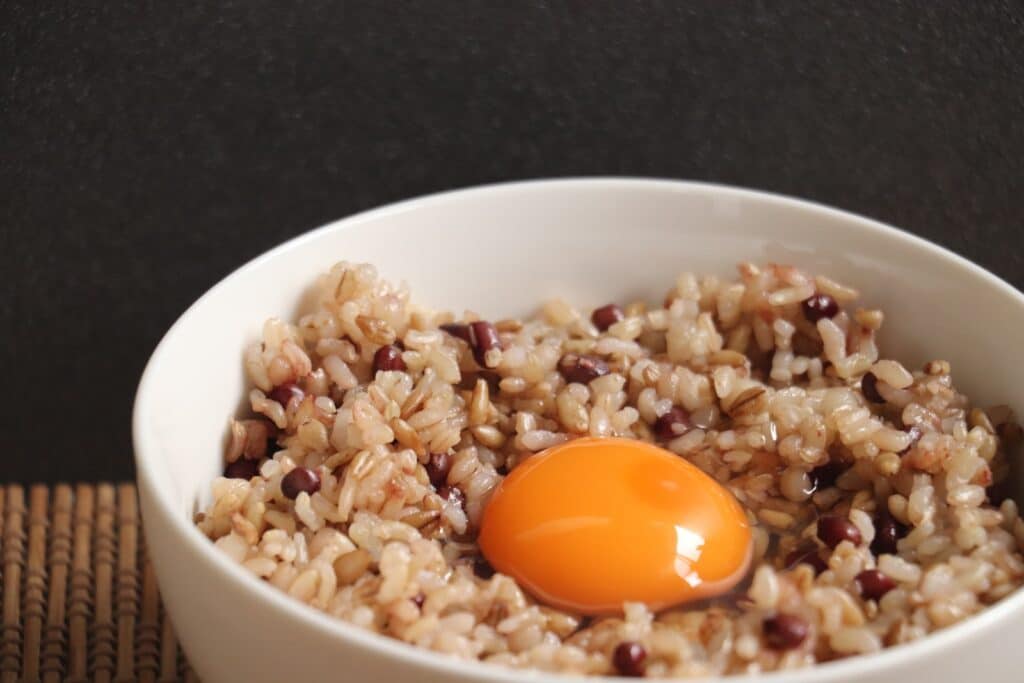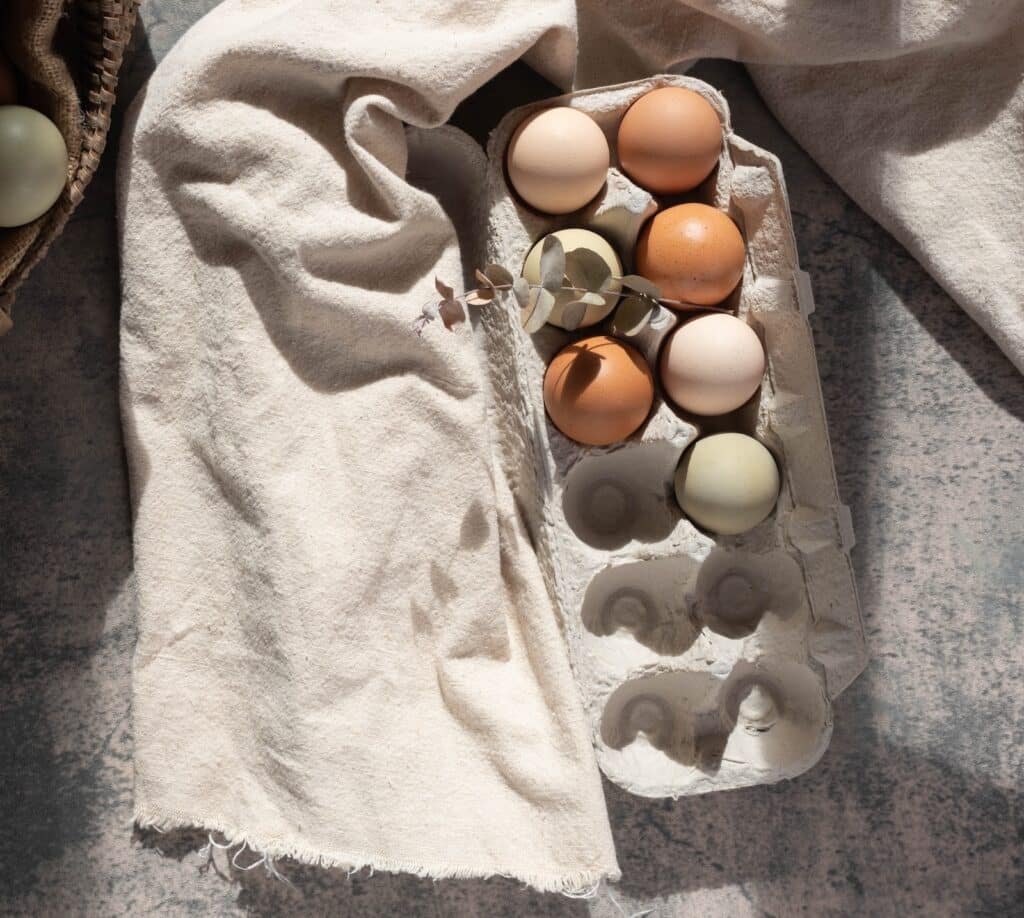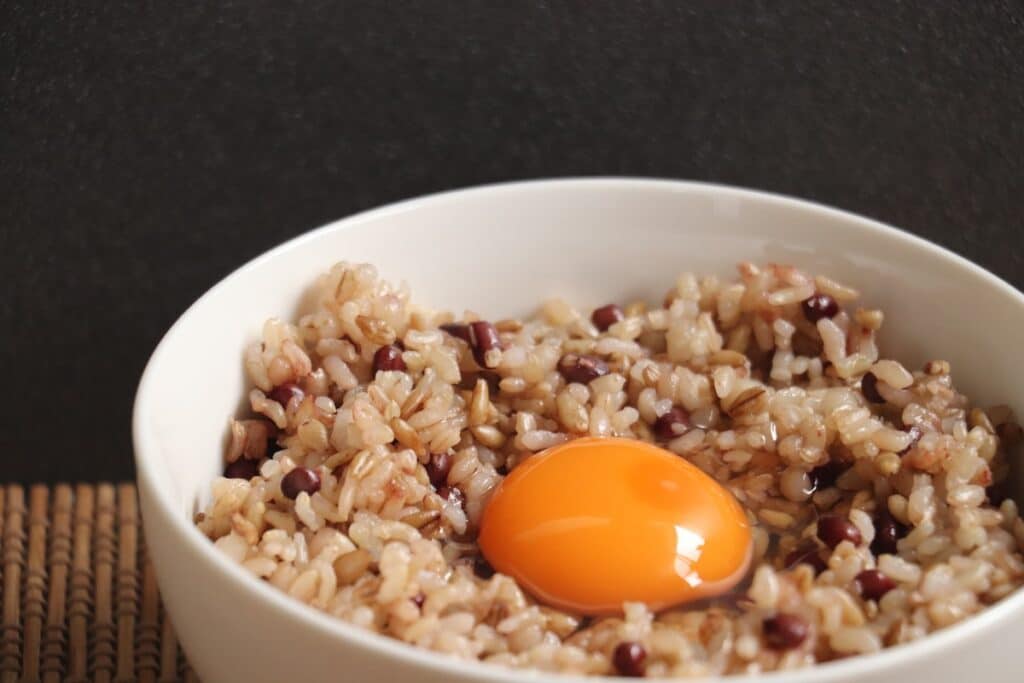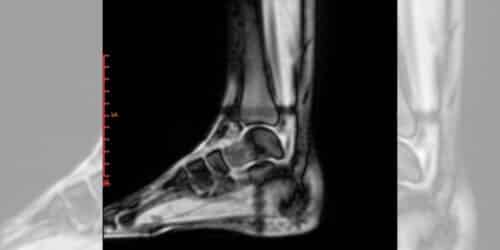In February I started a six week assignment with an Australian runner.
The project has our small team traveling across the United States to an eventual finale at the United Nations Building in New York City on March 22nd.
While the days are clipping along at a staggering pace, the struggle to keep the athlete in calories is often challenging. What works for three or four days, does not work on day five or six. Flavor and texture fatigue is real while attempting to ingest three to four times your usual caloric intake. This is all perfectly normal and nothing new but does not make things easier. Individual meals are built around specific micros, macros and overall caloric intake. The dietary restrictions are a long list. The athlete is FODMAP and gluten free. And although she is also vegan, she is eating eggs on this project as she was not able to keep up with protein over the past year. Did I mention this is a year long project for her? 200 marathons, one year, across the globe all while running her non-profit and spreading the word of the global drinking water crisis.
My go to answer for most athletes trying to fit more protein and a few more calories into a snack or meal, is to “add an egg”.
This particular trip has brought new meaning to this age-old trick. Plant based egg product, like Just Egg, works just fine as well.
I’ve scooped out the middle of an avocado and added and egg, added a poached egg to fried rice, oatmeal, miso soup and noodles. For a week straight, she ate eggs and potatoes baked into muffin pans each morning. I’ve added an egg to the hollow parts of soft pretzels and baked them, scooped out a baked potato and cracked two eggs inside and baked again. Baguettes have been hollowed out and become vehicles for eggs and cheese. Every soup, salad and entrée have an egg whisked in. We’ve become the virtual Bubba Gump of all things egg around our nomadic team and little by little we are getting there.
Although this month’s column is not necessarily a recipe, it is full of endless options to add an egg to.

Let’s hear what Stephanie has to say about the many benefits of eggs.
I love eggs too. They are a great source of protein and so versatile. One egg has approximately 7g of protein, and, in dietetics is considered the reference protein (100), which all other protein is measured against. This is because an egg has all nine essential amino acids (in the right proportion for humans) and has the highest digestibility score. All this means is that an egg is a great source of protein!
Besides just the protein content, the yolk is full of vitamins (all vitamins except for Vitamin C), but especially the B vitamins (B1- B12) which can be tough to get enough of, especially in a population with a high energy turnover (READ: athletes). Consumption of just 2 eggs per day covers ~30% of all vitamin requirements for humans (Rehault-Godbert, Guyot, & Nys, 2019). How’s that for a power food?!
Besides just the nutritional quality, I also like eggs for how easy they are to add to anything. Like Kelly mentioned, an egg can really level up a meal in terms of nutrition and taste. I regularly add an egg when I feel like my meal is a lacking some umph or flavor. The good news is most people like eggs, in one form or another, so they are an easy crowd pleaser.
Here are some of my favorite ways to use eggs:
On top of a bowl of oatmeal. Either fried egg on top or cooked right in with the oats.
Mixed in with pasta or rice. The yolk makes a creamy delicious sauce with some salt & nutritional yeast.
Pizza topped with an egg. Yum.
Eggs on top of soba noodle stir-fry. I usually make fried eggs and top each bowl, but scrambling eggs into the noodles works well too.
Egg Toast. Also known as French toast. Soak 1-2 slices of bread in a whisked egg for a couple minutes. Cook over medium heat in a skillet with butter. Serve sweet (maple syrup, chocolate hazelnut spread, berries) or savory (cheese, spinach, hummus) there really is no limit.
Crepes. I make my two-year-old crepes all the time. I don’t follow a recipe, but use 2 eggs, 3-4 spoonfuls of flour, 2T melted butter, and enough milk to thin the batter (maybe 1/4c). Whisk together and cook in a skillet over med-high heat with additional butter for a few minutes on each side. Amazing! Simple. And delicious.

Reference:
Réhault-Godbert S, Guyot N, Nys Y. The Golden Egg: Nutritional Value, Bioactivities, and Emerging Benefits for Human Health. Nutrients. 2019 Mar 22;11(3):684














